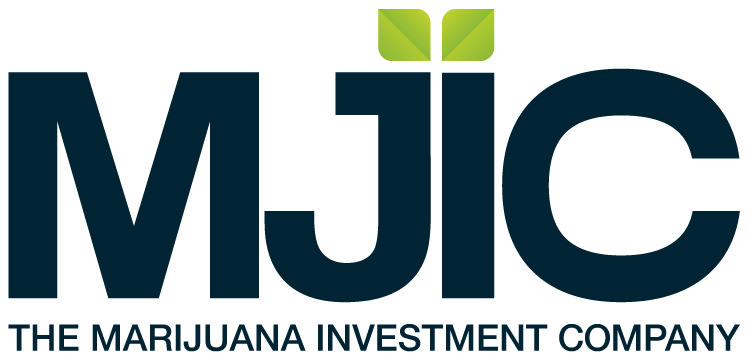Investing or trading shares on the open market usually requires certain principles and methodologies, yet the cannabis sector doesn’t always seem to adhere to them, especially when viewing its market activity.
Cannabis stocks have outside pressures that most industries don’t, creating uncertainty about growth, expansion and longevity. The OTC market, where most cannabis stocks trade, only adds doubt. While learning the basic investment rules is important, it helps to concentrate on practices where cannabis is particularly vulnerable.
These companies may have to deal with riskier, or at best, less desirable financing arrangements because of these outside pressures, namely banking and legalization. When most new companies are forming, they pursue financing through various traditional venues, but new disruptive and “semi-legal” ones may find it much more difficult to raise money. One of the financing arrangements they often have to resort to is offering convertible preferred shares.
These convertible preferred shares are fixed-income securities where an accredited investor can choose to earn a fixed dividend rate from the company. They can also convert those shares into multiple shares of the company’s common stock after a predetermined time span or on a specific date, hopefully when the share price has increased. The option to convert these securities into common stock gives the investor the opportunity to gain from a rise in the share price at that time.
This is calculated with a conversion ratio which represents the number of common shares to be received. The original price of the preferred shares is divided by the decided conversion rate. If the preferred convertible shares are offered at $10 per share with a conversion rate of six common shares for each preferred share, the value of each common share would be $1.67. This number is the minimum share price for the investor to break even, or if it increases, to profit. If the share value increases to $2.50 for example, the investor can convert and earn 50%.
But converting preferred shares into common shares creates an increase in the share count and dilutes the value for common shareholders. If a company is profitable, it may buy back the preferred shares leaving the share count undiluted and preserving the share value; unfortunately, that is usually not the case in the cannabis sector.
Although owners of preferred shares may sometimes remain with the fixed dividend instead of converting, they may decide to convert if the company is not doing well; however, they also have other preferential arrangements that can have repercussions that affect the individual common shareholder buying on the open market. They will receive dividends, if any, first and before regular individual investors will. They will also be able to profit from the company if it declares bankruptcy by receiving percentages of sales of assets, something not guaranteed to the common shareholder.
It isn’t that these practices are so horrible or unethical but it means that they are hard to discover until after they happen because of the OTC status of cannabis stocks. The lack of transparency makes it difficult to discover these financial arrangements; plus, these transactions can affect the share price for companies smaller in size. These conversions appear in the charts so investors might suddenly see dramatic changes in the price, usually down, with share price reflecting the cashing in of old debt and not company performance. Growth in share count is not bad when the company is growing, but using it to pay off old debt only dilutes the value of the shares when a company isn’t growing.
This is not necessarily a bad practice should the company progress and profit, but impatience from investors or decline in value through product flaws could cause these investors to convert and this can put even more financial stress on the company. This can also create a downward spiral of share value while increasing the share count, if investors continue to convert. If the chart shows a severe drop in price within a single day or less, it would be prudent to do some research. If information is not available, it would be wise to wait until you learn more, perhaps from an SEC filing.
Learning the basics may not guarantee you will profit from a company in this sector, but understanding a company’s vulnerability will help you focus on the important details and minimize your losses.









